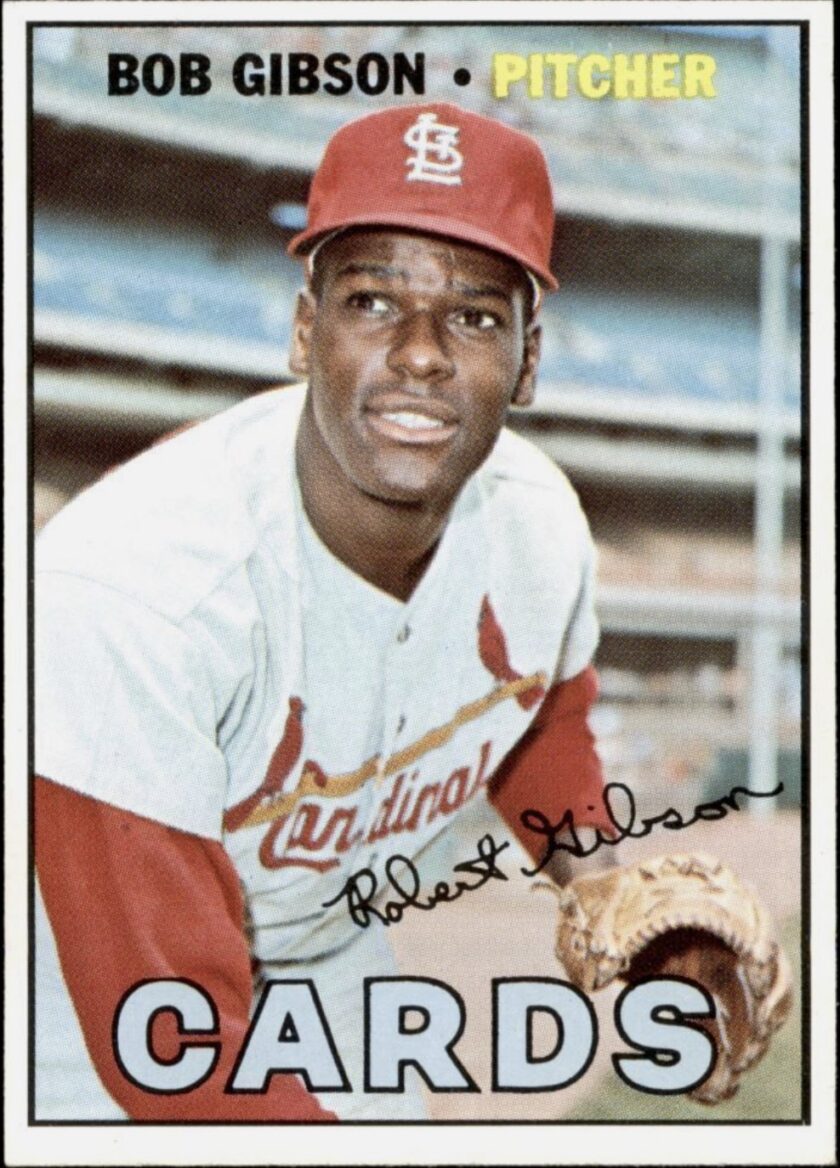
The Three-Legged Coyote
I am here to rehabilitate the reputation of the much-maligned urban coyote. For more than 60 years Looney Tunes has called upon its all-too-smug Road Runner (aka Fastius tasty-us) to deal damage to the persona of coyotes (aka Aapetitius giganticus) everywhere.
We’ve been brainwashed. Just seeing the brand name Acme triggers images of exploding dynamite, falling boulders and giant slingshots. As coyotes migrated to cities and towns, we’ve branded them as urban scavengers putting our pets and our garbage cans in peril.
Why am I sympathetic to the lowly coyote? Because when I coach, I’m like the three-legged coyote Steven Pressfield describes in his book “The War of Art.” Pressfield writes about the three-legged scavenger that staked out his neighborhood as its territory. That animal roamed with impunity, as if to say, It’s my turf, I won it, I’ll defend it. When another coyote infringed on the three-legged hero’s territory, that tri-yote transformed from a nocturnal scavenger into a fierce wolf-like combatant that defended its turf with more ingenuity than Wile E. Coyote could ever muster.
I’m told it’s not unusual for someone’s demeanor to change when they’re on their own turf and feeling confident. It happens to surgeons when they enter the operating room and it’s true of athletes on the field of play.
This was true of wily Major League Baseball Hall of Fame pitcher Bob Gibson. In his prime, he was one of the greatest pitchers ever to play the game. He not only had great command of his pitches, but when he stepped on the mound, he changed into a fierce competitor.
If you crowded home plate, he brushed you back with a fastball aimed under the chin. If you came to bat immediately after your teammate hit a home run, he plunked you on the shoulder with a fastball. Off the field, Gibson’s warrior-like demeanor diminished, but on the pitcher’s mound, he was the fiercest competitor of his generation.
I’m not an exceptionally assertive person. But like Bob Gibson and that three-legged Canis latrans, when I enter my territory, a one-to-one coaching session, I’m transformed into a fierce questioner. Seeing that I make a client uncomfortable doesn’t deter me.
What changes? I can’t give a clear answer. The best I can do is paraphrase Pressfield:
- My territory sustains me without any external input. I am intensely focused when I’m in my territory.
- That territory can be claimed by me alone, and it can only be claimed by my tough questioning.
- When I’m on my turf, I become fierce, driven.
Pressfield wrote, “A territory returns exactly what you put in. Territories are fair. Every erg of energy you put in goes infallibly into your account. A territory never devalues. A territory never crashes. What you deposited, you get back, dollar for dollar.” And I say, amen to that.
What is your territory? Like the three-legged coyote, do you perform at a higher level when you’re on your turf? If so, what changes, and how do you explain it?